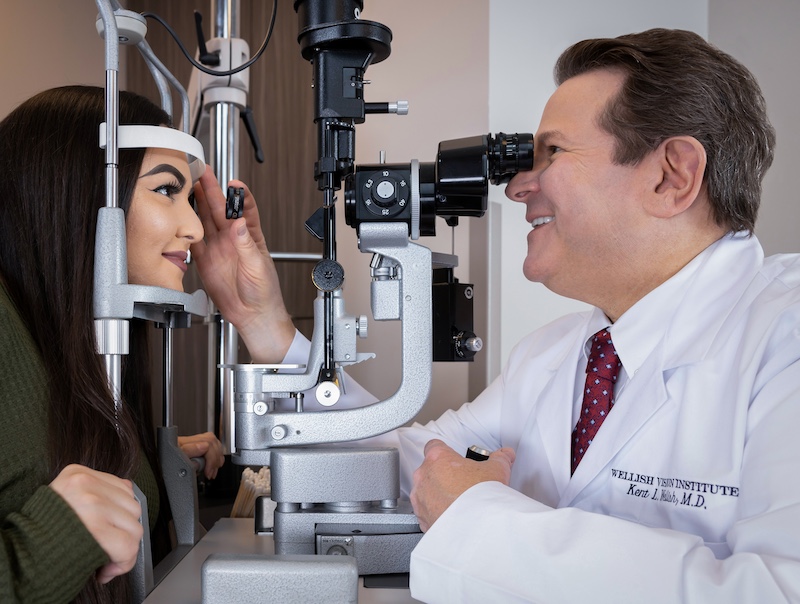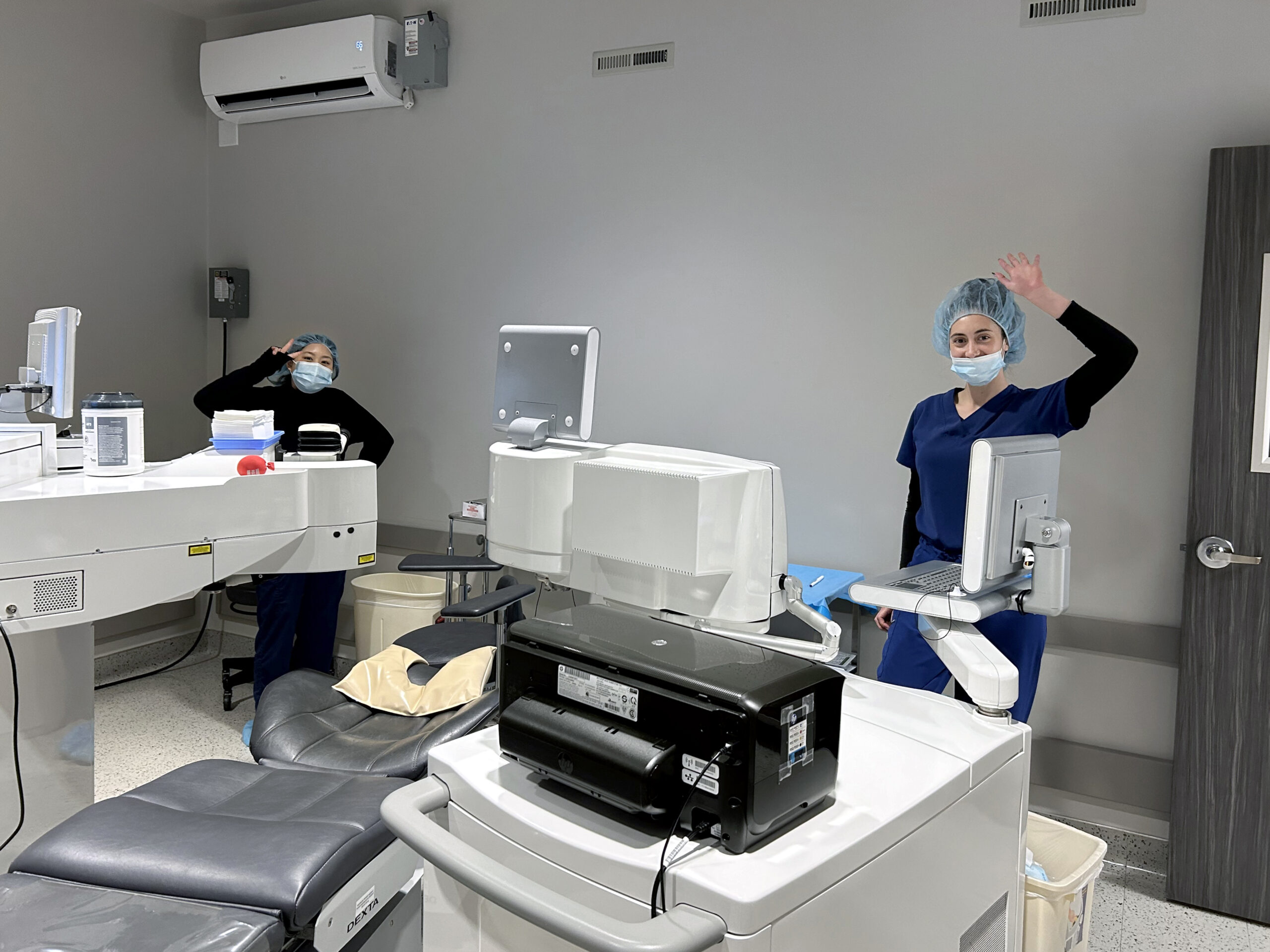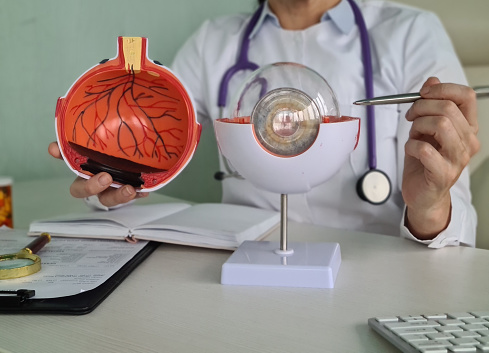Advanced LASIK Technology
In the LASIK procedure, surgeons use highly specialized lasers called excimer lasers to reshape the cornea and correct refractive errors.
Femtosecond Lasers are used at Wellish Vision Institute to create the initial flap. These lasers are the pinnacle of laser technology development. This laser creates the flap to extremely precise dimensions, helping it conform to your eye’s unique anatomy and ensuring the flap fits back in place securely.
Wavefront-guided lasers are used in LASIK to allow surgeons to map defects in the optical system of the eye. These devices show how light travels through the eye and help to produce a custom LASIK treatment plan for each patient.
A German Engineered Wavelight Allegretto Wave Eye-Q laser is then used to fix each eye’s visual imperfections. It is highly specialized and capable of preserving the natural curvature of the cornea, which prevents unwanted side effects including poor night vision or halos.
LASIK Recovery
Following a LASIK procedure, your eyes may feel a bit irritated or may be watery for a few hours. It is normal to have blurry vision following the surgery, which typically improves within a day or two. The majority of patients feel comfortable after taking a short nap with protective eye shields to keep from rubbing their eyes.
Most patients will notice their vision improving significantly within a few days of having a LASIK procedure. It is a good idea to get plenty of rest and follow your doctor’s instructions about any medications prescribed. Refrain from rubbing your eyes or participating in vigorous physical activity for at least a week. Some doctors recommend taking a day or two off from work, but many people are able to return to work the next day.




